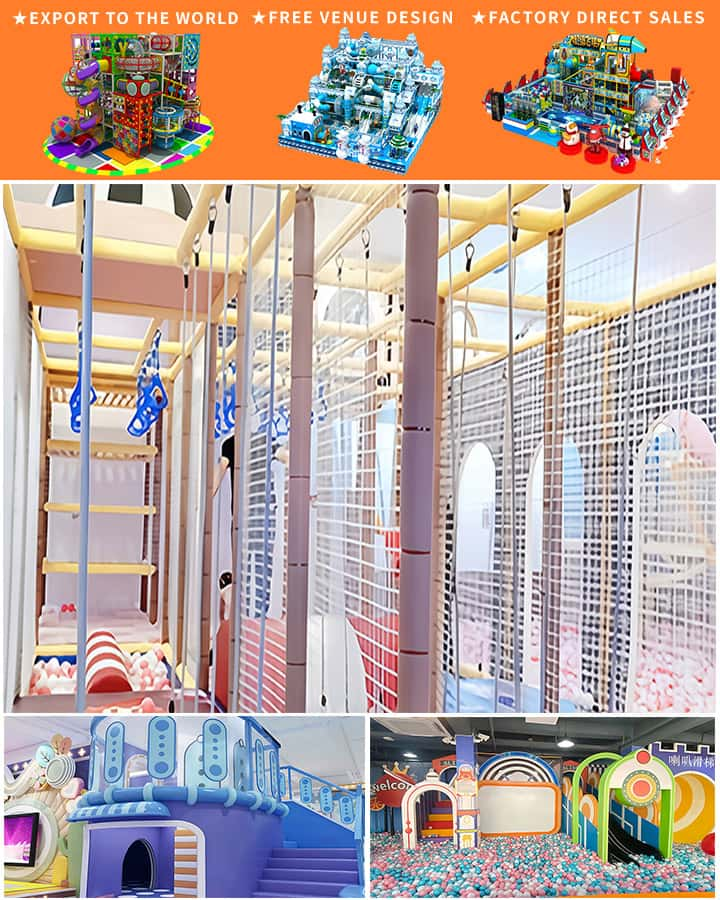Opening an indoor playground can be an exciting venture for entrepreneurs who are passionate about providing a safe, entertaining environment for children. However, like any business endeavor, it’s crucial to understand the financial commitment involved. The cost of opening an indoor playground varies widely based on several factors, including location, size, and amenities offered.
Initial Investment: Land and Rent
The first major expense is often the lease or purchase of a suitable space. Prime locations in urban centers or high-traffic commercial areas tend to have higher rental costs but also offer greater visibility and foot traffic. Leasing a space typically involves signing a long-term lease agreement, which might come with security deposits and other upfront costs. Alternatively, buying property outright could be more expensive initially but offers the advantage of building equity over time.
Renovation and Equipment
Once you have secured your location, the next step is transforming it into a playground. Renovations might include installing soft flooring, safety barriers, restroom facilities, and themed decor. These renovations ensure that the environment is both engaging and safe for children. High-quality, durable playground equipment is essential and represents a significant portion of the initial investment. This includes climbing structures, slides, ball pits, and interactive play systems. Investing in top-tier equipment can set your playground apart from competitors and provide a safer experience for users.

Licensing and Insurance
Operating an indoor playground requires obtaining the necessary licenses and permits from local authorities. These may include business licenses, health department permits, and safety inspections certifications. Additionally, securing comprehensive insurance is critical. Liability coverage protects against accidents and injuries that may occur on your premises, while property insurance safeguards your equipment and facility against damages.
Staffing and Operational Costs
Running a successful indoor playground necessitates hiring skilled and trustworthy staff. Roles include playground monitors to ensure child safety, customer service representatives, janitorial staff for cleaning, and administrative personnel for managing bookings and finances. Labor costs are a recurring expense and should be factored into your budget.
Utilities such as electricity, heating, cooling, and water are ongoing expenses that need to be managed efficiently. Implementing energy-saving practices and routine maintenance can help control these costs.
Marketing and Customer Acquisition
Attracting customers to your new indoor playground requires strategic marketing efforts. Creating a strong brand identity and online presence through social media, websites, and local advertising can generate interest and draw families to your facility. Hosting grand opening events, offering promotional deals, and partnering with schools or daycare centers can boost initial attendance rates.
Miscellaneous Costs
Additionally, there are miscellaneous costs that can add up. These might include legal fees for drafting contracts, purchasing software for booking and management systems, and acquiring supplies such as mats, balls, and other accessories.
Conclusion
In summary, the cost of opening an indoor playground can range significantly depending on various factors. Prospective owners should conduct thorough research and create a detailed business plan to estimate all potential expenses accurately. While the initial investment may be substantial, a well-planned and managed indoor playground has the potential to offer substantial returns by providing a fun and safe haven for kids, ensuring repeat business and positive word-of-mouth referrals.




